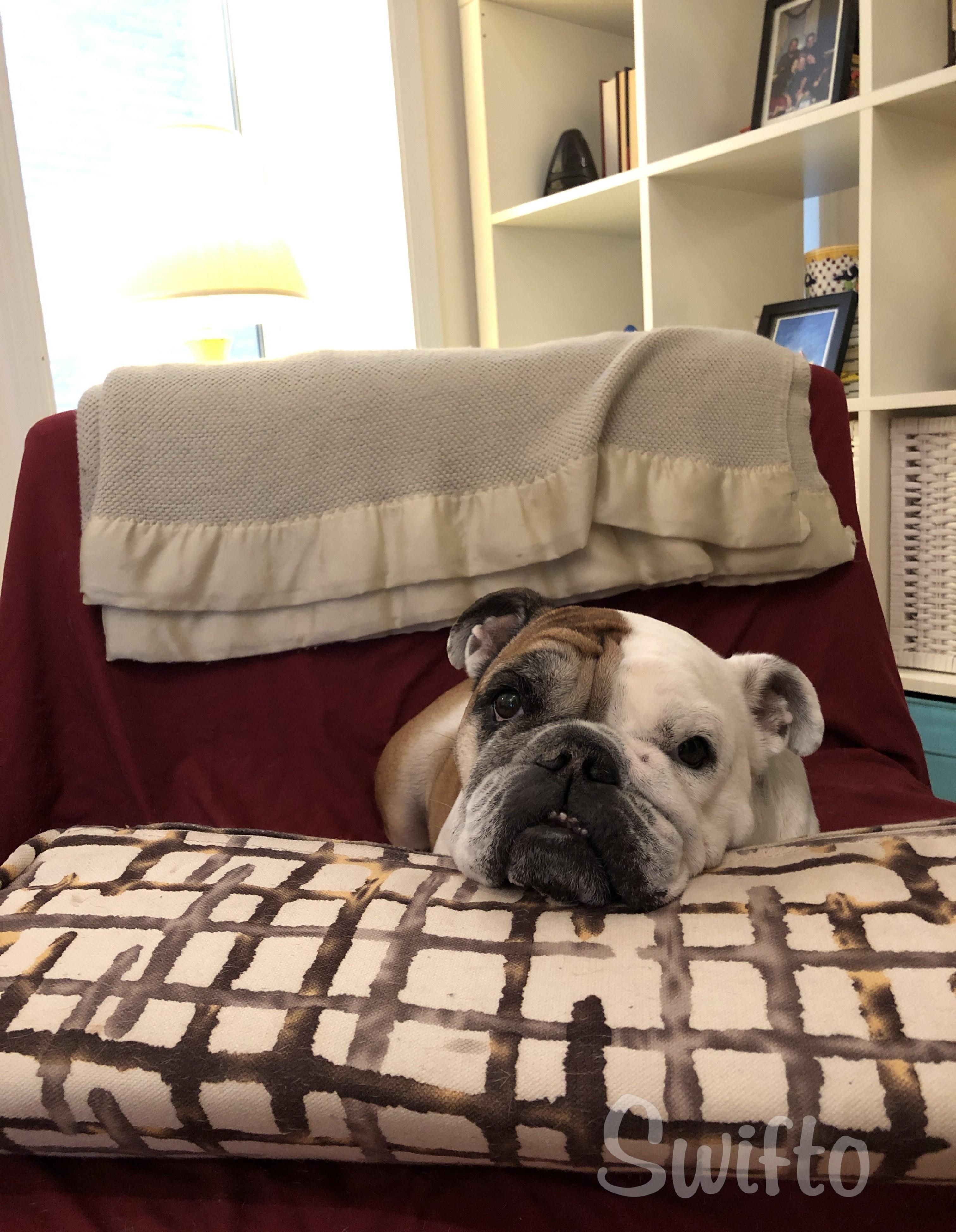
10 Signs It's Time to See the Vet
Not Eating
It’s normal for a dog to skip a meal or two if he or she chooses, but more than a few is cause for concern. Dogs tend to eat less during the warmer months when it takes more energy to digest food, and they are more active which can lead to upset stomachs. If your normally hungry dog suddenly won’t touch his or her bowl, keep an eye out for other signs of discomfort. If your dog has a loss of appetite for more than two meals, also check for excessive salivating. These can be signs of disease or poisoning.
Very Thirsty
Dogs tend to drink more water in the summer when they engage in more activity, and after they eat. However, if your dog drains the water bowl several times a day and has to go outside to urinate more frequently, these could be signs of internal problems such as kidney disease.
Difficulty Breathing
If your dog is wheezing, coughing, choking, gasping, or seems short of breath doing normal activities, these are all signs of breathing difficulty. Respiratory problems can be a sign of an allergic reaction or of something being stuck in the throat or nasal passage. A dog that exhibits these signs can be in great danger and needs medical attention immediately.
Suspected Exposure to Something Poisonous/Toxic
As hard as we try to avoid it, sometimes our dogs manage to get ahold of something harmful. Whether it be a chewed up medicine bottle or a stray chocolate bar wrapper on the floor, it is best to make sure. Visiting the vet will let you know for certain if your dog ingested something potentially hazardous and will help get it out of your dog’s system in such cases. Stay up-to-date on items that can cause severe reactions in dogs, make sure all potentially toxic materials are out of reach and don’t hesitate if you suspect exposure.
Vomiting and Diarrhea
Dogs should not vomit more than twice in a row, try to heave or have diarrhea for more than a day. These are all signs of internal problems, that it is more than a stomach bug. Be aware if the vomit or stool contains blood. Try to help your dog drink some water to avoid dehydration, and get him or her to the vet as quickly as possible.
Abdominal Pains
Gastric problems tend to be common in larger breeds and as dogs get older. These can include bloat and internal bleeding, both of which can be deadly if left untreated. A dog who pants has difficulty eating or eliminating, or whines when you touch his or her abdomen can be experiencing major internal problems that won’t just go away on their own.
Fatigue or Problems Standing and Walking
As dog's age, they no longer have the energy they did as puppies. One day, you might notice your dog isn’t as active or sleeps more than normal. This is normal to an extent. If your dog suddenly sleeps all day and has little or no energy doing normal activities, this could be a serious issue. If accompanied by disinterest, limping, or the inability to stand up, your dog might be suffering from any kind of internal disturbances. Dogs who act this way can be in severe pain and will need professional help right away.
Changes in the Skin or Fur
You will usually feel a change in your dog’s coat if there is a problem. The fur may lose its luster, become coarse, or fall out in patches. Dry skin may be more noticeable on the belly but can occur anywhere on the body. Marks that are a different color than the skin, scabs that continually reopen or ooze, and abnormal bumps can all be signs of a bigger problem. Food allergies and skin ailments (including cancer) can all cause significant changes to a dog’s coat and skin.
Trauma
This can include falls, stepping on glass or trying to ingest it, car accidents, or dogfights. If your dog is profusely bleeding, you will need a vet’s help to ensure the bleeding stops and that the wound doesn’t become infected. A veteranarian can check for signs of internal bleeding that may not be evident after a car accident or fall. Even if your dog is acting normal, the symptoms may not show up until it is too late to reverse the damages.
Changes in behavior
Aggression, acting confused or anxious, not wanting to be touched or picked up, not being interested in normal things (like playing, walks, you), suddenly becoming very attached

